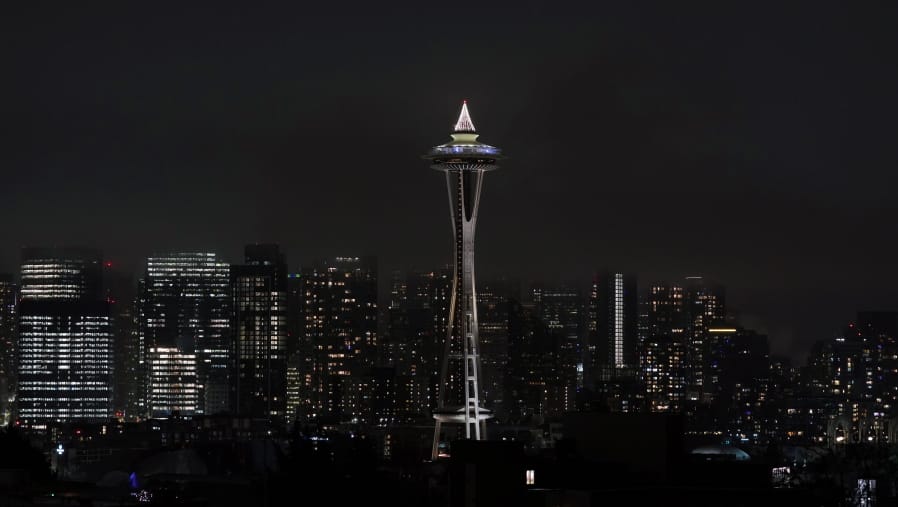To understand how deeply COVID-19 has damaged the Seattle-area economy, consider what happened at the Rainier Valley Food Bank.
Before COVID-19, the South Seattle food bank budgeted $94,000 for food purchases in 2020, says Executive Director Gloria Hatcher-Mays. But as the pandemic obliterated jobs in a community already beset by low incomes, food insecurity skyrocketed and by November food expenses hit $407,000. “The food bank hasn’t experienced anything like this before,” says Hatcher-Mays, adding that the food bank had to find extra funding from government and community sources.
Even after vaccines are widely available, however, Hatcher-Mays expects demand to remain elevated into 2022. Rainier Valley residents rely disproportionately on the kinds of jobs, such as food service, housekeeping and ride-share driving, that saw some of the heaviest layoffs in the pandemic, says Hatcher-Mays. And it’s not clear when, or whether, all those jobs will come back. COVID-19’s “economic effects will remain longer after the health effects have started to fade,” says Hatcher-Mays.
Hatcher-Mays could be describing much of the COVID recession — an economic crisis that has been almost unprecedented in its severity, especially among communities that were already struggling.



